Brief Summary
This course dives into advanced Selenium RC techniques for web application testing. You’ll learn the architecture, Xpaths, common functions, and how to handle web tables and windows, boosting your testing skills to the intermediate level.
Key Points
-
Learn advanced techniques for testing web applications with Selenium RC.
-
Understand the architecture of Selenium Remote Control.
-
Get comfortable with Xpaths and how to use them.
-
Master common Selenium RC functions like click() and waitForPageToLoad().
-
Handle dynamic web tables and window actions.
Learning Outcomes
-
Gain a solid understanding of Selenium RC architecture.
-
Learn to construct and utilize Xpaths effectively.
-
Become familiar with key Selenium functions for web testing.
-
Master window handling and mouse/keyboard actions.
-
Reach an intermediate level of expertise in web application testing.
About This Course
This course will help you in learning advanced techniques for testing web applications with Selenium RC API.
Selenium Remote Control (RC) is a test tool that allows you to write automated web application UI tests in any programming language against any HTTP website using any mainstream JavaScript-enabled browser.
Selenium Remote Control is great for testing complex AJAX-based web user interfaces under a Continuous Integration system. It is also an ideal solution for users of Selenium IDE who want to write tests in a more expressive programming language than the Selenese HTML table format.
In this training course, attendees will learn the following
1. Selenium RC architecture
2. How to start/stop Selenium client/server
3. How to use Selenese TestBase class
Xpaths
1. What are Xpaths
2. How to construct absolute xpath as well as relative xpath
3. Different Xpath functions
Selenium RC
1. Common Selenium RC functions
2. click(), open(), waitForPageToLoad().
3. Slowing down the execution speed
4. Closing and killing the browser.
Working with Web Tables
1. Finding number of rows and column in web table
2. Extracting the value from table
3. Handling dynamic web table
Window Handling
1. Extracting windows IDs with selenium
2. Tabbed browsing with selenium
3. Handling Java Script popups
Mouse & Keyboard action
1. Performing the mouse action such as mouseUp(), mouseDown() etc
2. Performing the Keynoard action such as KeyPress(), KeyUp(), metaKeyDown() etc
And source code shown as part of video lecture will be provided for download
By the end of this course you will give have great understanding Selenium
How to use Selenium to test web based application
This tutorial will give you great understanding Selenium, and after completing this tutorial, you will be at intermediate level of expertise from where you can take yourself to higher level of expertise.


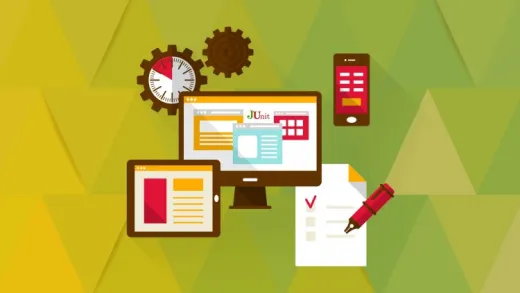
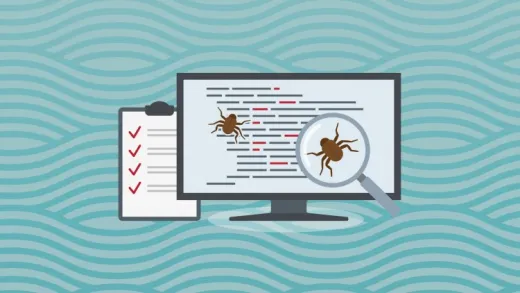
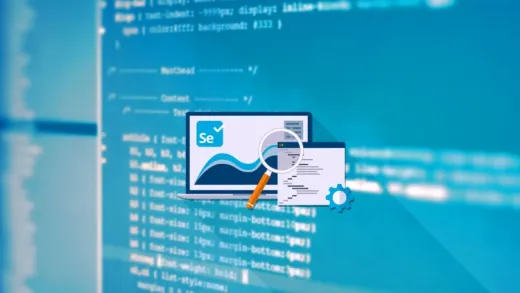

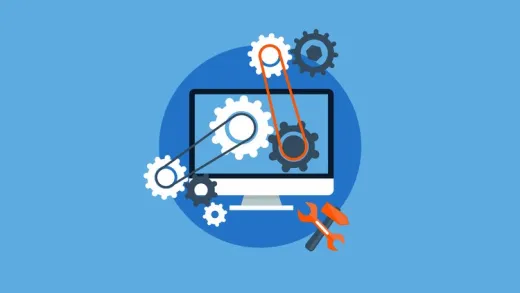
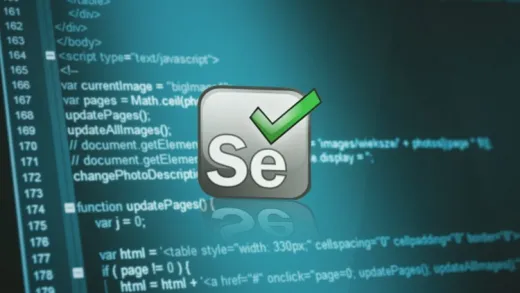

Andrew M.
Got used to the accent and language issues.